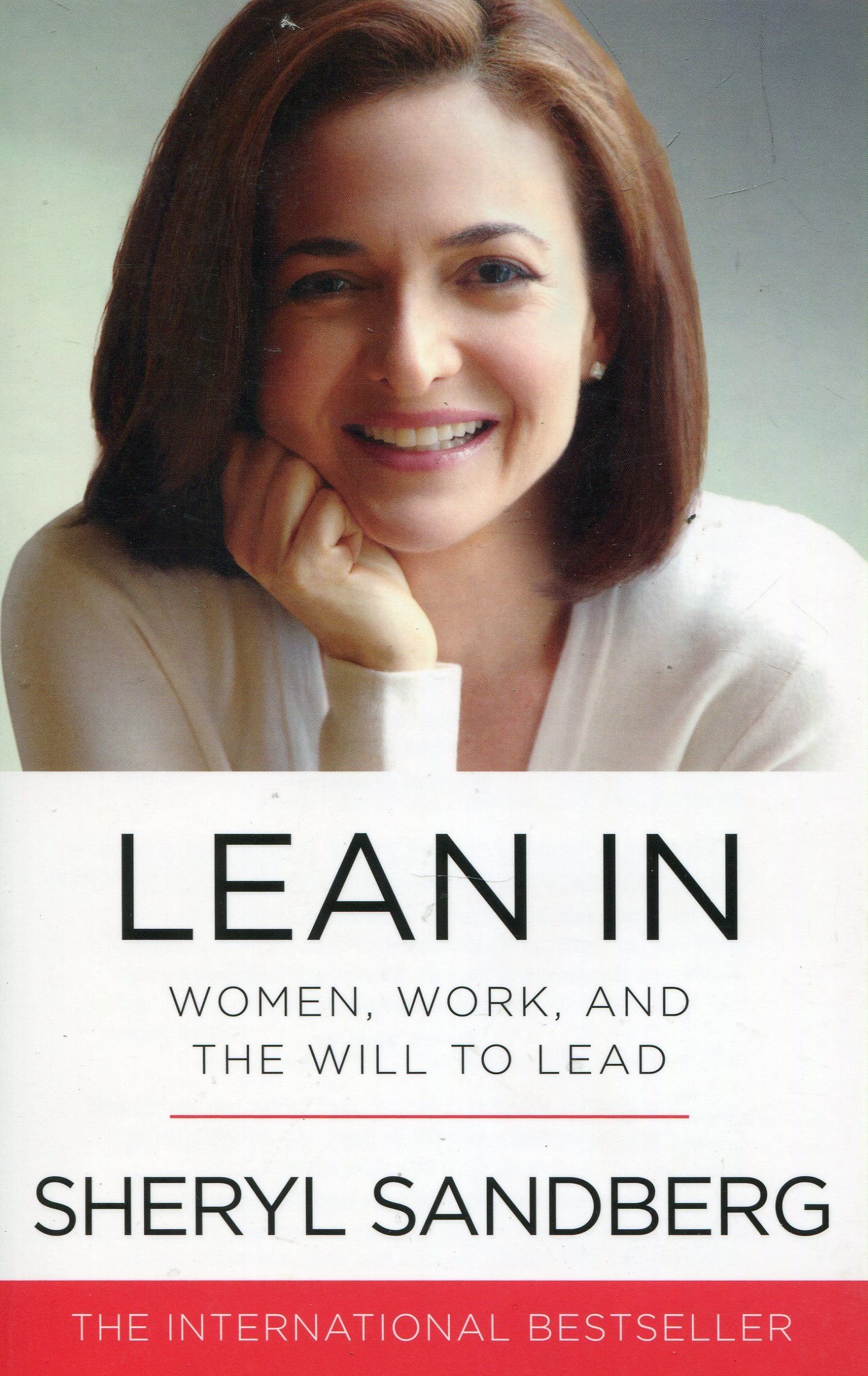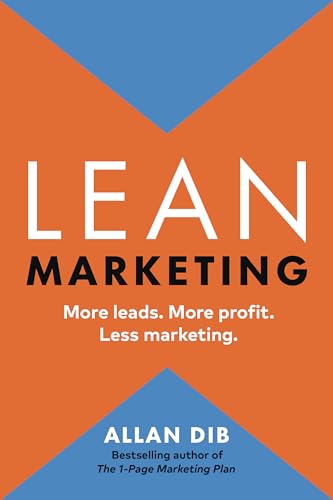
Lean Analytics: Use Data to Build a Better Startup Faster
by Alistair Croll
30 popular highlights from this book
Key Insights & Memorable Quotes
Below are the most popular and impactful highlights and quotes from Lean Analytics: Use Data to Build a Better Startup Faster:
“Don’t sell what you can make; make what you can sell.”
“Don’t just ask questions. Know how the answers to the questions will change your behavior. In other words, draw a line in the sand before you run the survey.”
“We sometimes remind early-stage founders that, in many ways, they aren’t building a product. They’re building a tool to learn what product to build.”
“Your job isn’t to build a product; it’s to de-risk a business model.”
“Customers are people. They lead lives. They have kids, they eat too much, they don’t sleep well, they phone in sick, they get bored, they watch too much reality TV. If you’re building for some kind of idealized, economically rational buyer, you’ll fail. But if you know your customers, warts and all, and you build things that naturally fit into their lives, they’ll love you.”
“You need to know which aspects of your business are too risky and then work to improve the metric that represents that risk.”
“A good metric is a ratio or a rate. Accountants and financial analysts have several ratios they look at to understand, at a glance, the fundamental health of a company. You need some, too.There are several reasons ratios tend to be the best metrics:• Ratios are easier to act on. Think about driving a car. Distance traveled is informational. But speed—distance per hour—is something you can act on, because it tells you about your current state, and whether you need to go faster or slower to get to your destination on time.• Ratios are inherently comparative. If you compare a daily metric to the same metric over a month, you’ll see whether you’re looking at a sudden spike or a long-term trend. In a car, speed is one metric, but speed right now over average speed this hour shows you a lot about whether you’re accelerating or slowing down.• Ratios are also good for comparing factors that are somehow opposed, or for which there’s an inherent tension. In a car, this might be distance covered divided by traffic tickets. The faster you drive, the more distance you cover—but the more tickets you get. This ratio might suggest whether or not you should be breaking the speed limit.”
“Instincts are experiments. Data is proof.”
“Once, a leader convinced others to act in the absence of information. Today, there’s simply too much information available. We don’t need to guess—we need to know where to focus. We need a disciplined approach to growth that identifies, quantifies, and overcomes risk every step of the way. Today’s leader doesn’t have all the answers. Instead, today’s leader knows what questions to ask.Go forth and ask good questions.”
“We call them vanity metrics, the numbers that make you feel good but seriously mislead. Avoiding them requires a whole new accounting discipline, which I call “innovation accounting.”
“customers were so used to that price point that they were skeptical of ClearFit’s value at $99/month. Ben says, “We don’t compete with job boards, we partner with them, but at the time it seemed reasonable to have a lower price point to garner attention.” Customers didn’t understand why they would pay a subscription fee for something that they would most likely use sporadically. “When a company needs to hire, they want to do it fast and they’re willing to invest at that moment in time,” says Ben. “Our customers are too small to have dedicated HR”
“You can’t run a product and a services business concurrently. Even IBM had to split itself in two;”
“In a startup, your business model — and proof that your assumptions are reasonably accurate — is far more important than your business plan. Business plans are for bankers; business models are for founders.”
“Don’t sell what you can make; make what you can sell. And that means figuring out what people want to buy.”
“product development into a conversation with customers.”
“in order for the MVP to be considered successful, parents and kids would have to each use the application four times per week.”
“Consumers love novelty; businesses just call it risk.”
“Don't just think "mobile first". Think "search first", and invest in instrumenting search metrics on your website and within your product to see what users are looking for and what they are not able to find.”
“A good metric changes the way you behave. This is by far the most important criterion for a metric: what will you do differently based on changes in the metric?Drawing a line in the sand is a great way to enforce a disciplined approach. A good metric changes the way you behave precisely because it’s aligned to your goals of keeping users, encouraging word of mouth, acquiring customers efficiently, or generating revenue.Unfortunately, that’s not always how it happens.At one company, Alistair saw a sales executive tie quarterly compensation to the number of deals in the pipeline, rather than to the number of deals closed, or to margin on those sales. Salespeople are coin-operated, so they did what they always do: they followed the money. In this case, that meant a glut of junk leads that took two quarters to clean out of the pipeline—time that would have been far better spent closing qualified prospects.Of course, customer satisfaction or pipeline flow is vital to a successful business. But if you want to change behavior, your metric must be tied to the behavioral change you want. If you measure something and it’s not attached to a goal, in turn changing your behavior, you’re wasting your time. Worse, you may be lying to yourself and fooling yourself into believing that everything is OK. That’s no way to succeed.”
“Advertising pays for the Internet.”
“Everything is an experiment you can learn from.”
“There are some players who simply won’t spend money in a game. And there are others (often referred to as “whales”) who will spend literally thousands of dollars to gain the upper hand in a game they love. Knowing the difference between the two — and finding ways to make more users purchase things within the application — is the key to a successfully monetized free mobile application.”
“correlation is good. Causality is great.”
“With the rise of social networks and sites like Facebook and Pinterest, which can refer visitors, e-commerce companies are increasingly interested in a long funnel that begins with a tweet, a video, or a link, and ends with a purchase.”
“overwhelming preconceptions about how other people think, and these color your decisions in subtle and insidious ways.”
“Part I. Stop Lying to Yourself”
“Zach Nies suggests going even further, segmenting customers into three groups. “‘A customers’ are your really big customers who negotiated a big discount and expect the world from you. ‘B customers’ are customers who are fairly low maintenance, didn’t get a big discount, see themselves as partners with you, and provide useful insights. ‘C customers’ cause trouble, are a pain to deal with, and demand things from you that you feel will damage your business,” he explains. “Don’t spend too much time on the A’s—they sound good but aren’t the best for your business. Bring as many Bs on as customers as possible. And try to get your ‘C customers’ to be customers of your competitors.”
“created. These initial surveys were sent via email alone.”
“Entrepreneurs are particularly good at lying to themselves. Lying may even be a prerequisite for succeeding as an entrepreneur — after all, you need to convince others that something is true in the absence of good, hard evidence. You”
“Success is not final, failure is not fatal: it is the courage to continue that counts. — Sir Winston Churchill”


